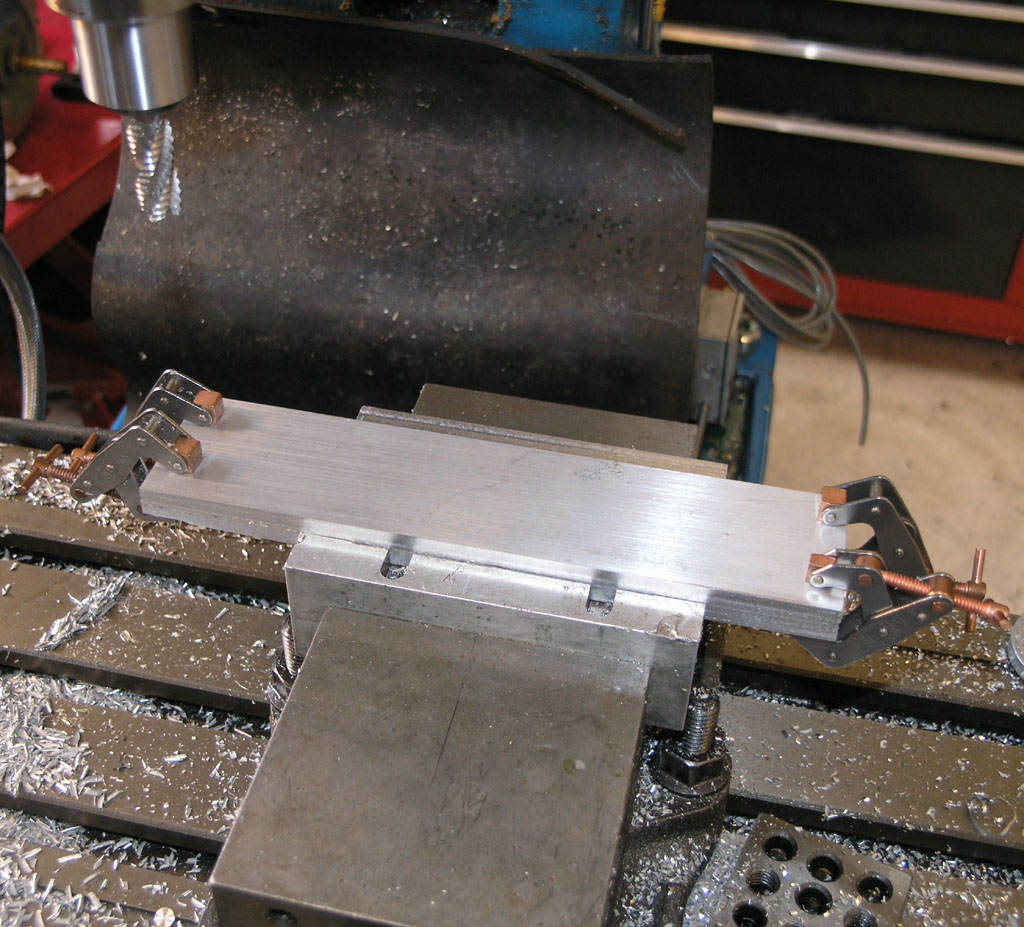- Joined
- Dec 28, 2008
- Messages
- 1,731
- Reaction score
- 9
I have been using Red color Stud locker #7331 with out any problems.
I occasionally use green color #609, the only problem is its very short cure time that requires pressing the parts together without any interruption.
I heard or read somewhere that when similar metals are joined a primer should be used. I have never used Loc-tite on similar metals in the past.
Do both of the above products require a primer when used between two aluminum parts?
Will a regular red or gray lacquer primer do the trick?
Anyone have any experience bonding aluminum to aluminum?
-MB
I occasionally use green color #609, the only problem is its very short cure time that requires pressing the parts together without any interruption.
I heard or read somewhere that when similar metals are joined a primer should be used. I have never used Loc-tite on similar metals in the past.
Do both of the above products require a primer when used between two aluminum parts?
Will a regular red or gray lacquer primer do the trick?
Anyone have any experience bonding aluminum to aluminum?
-MB





